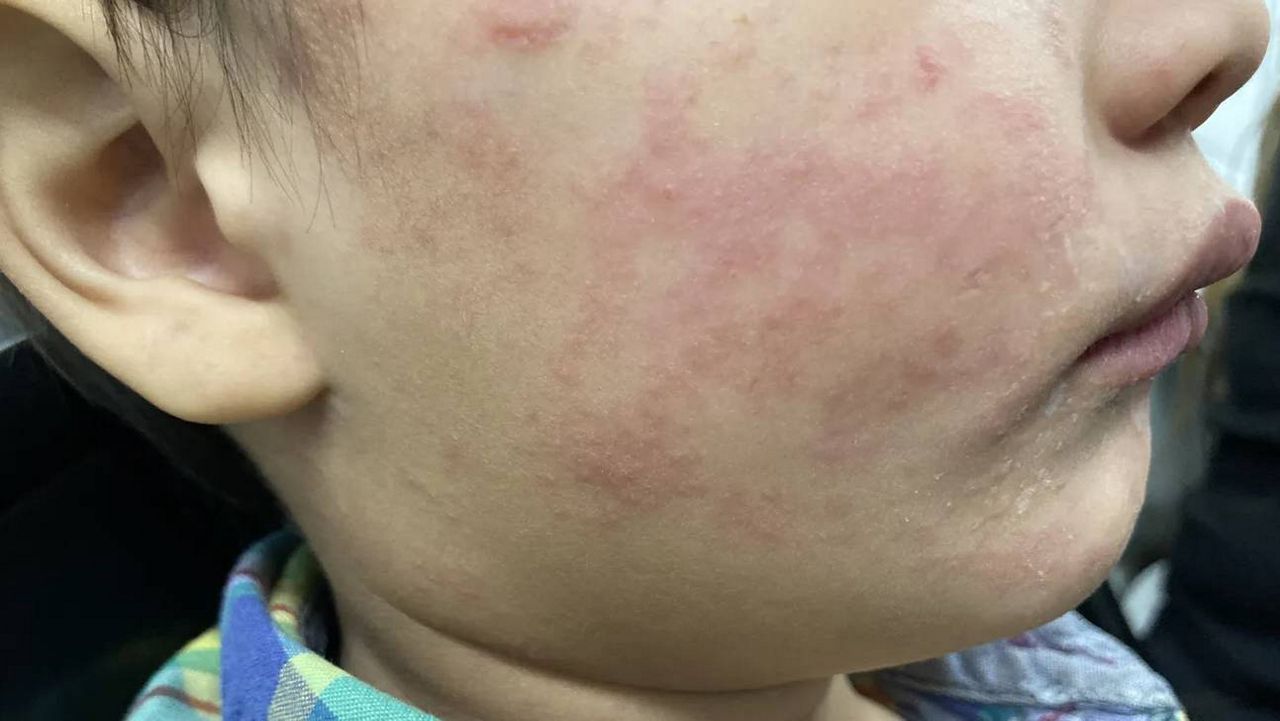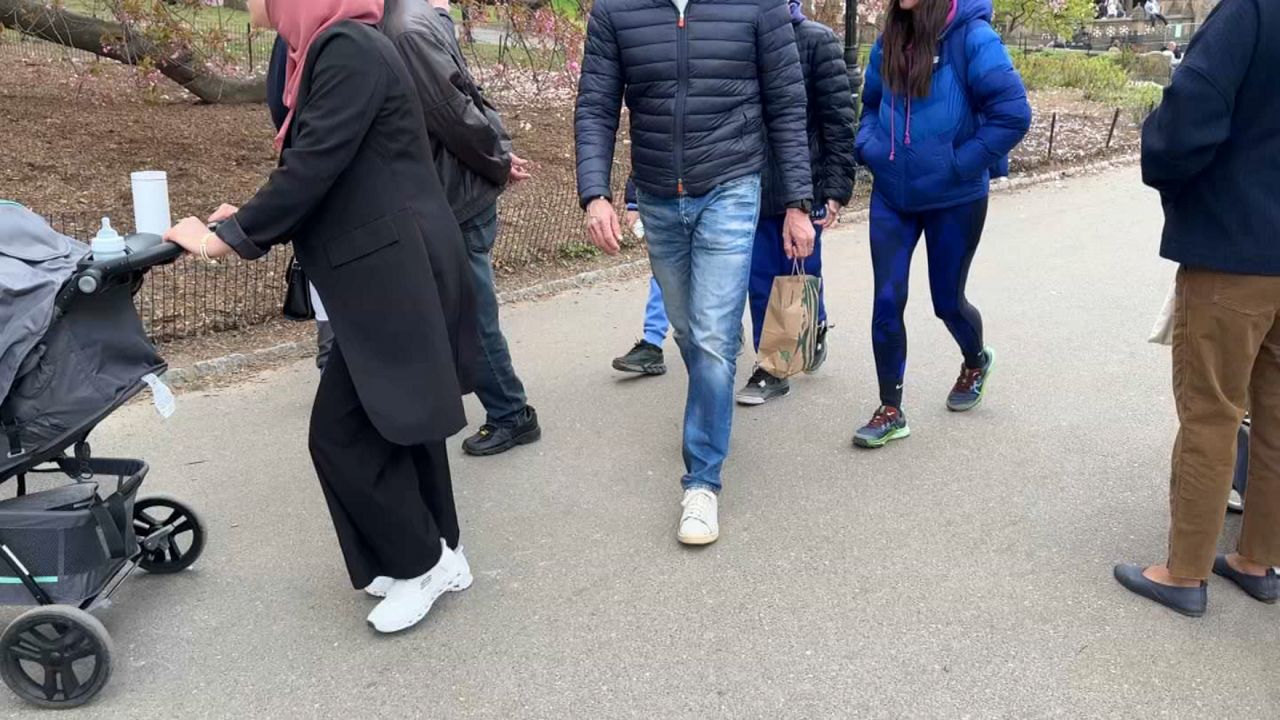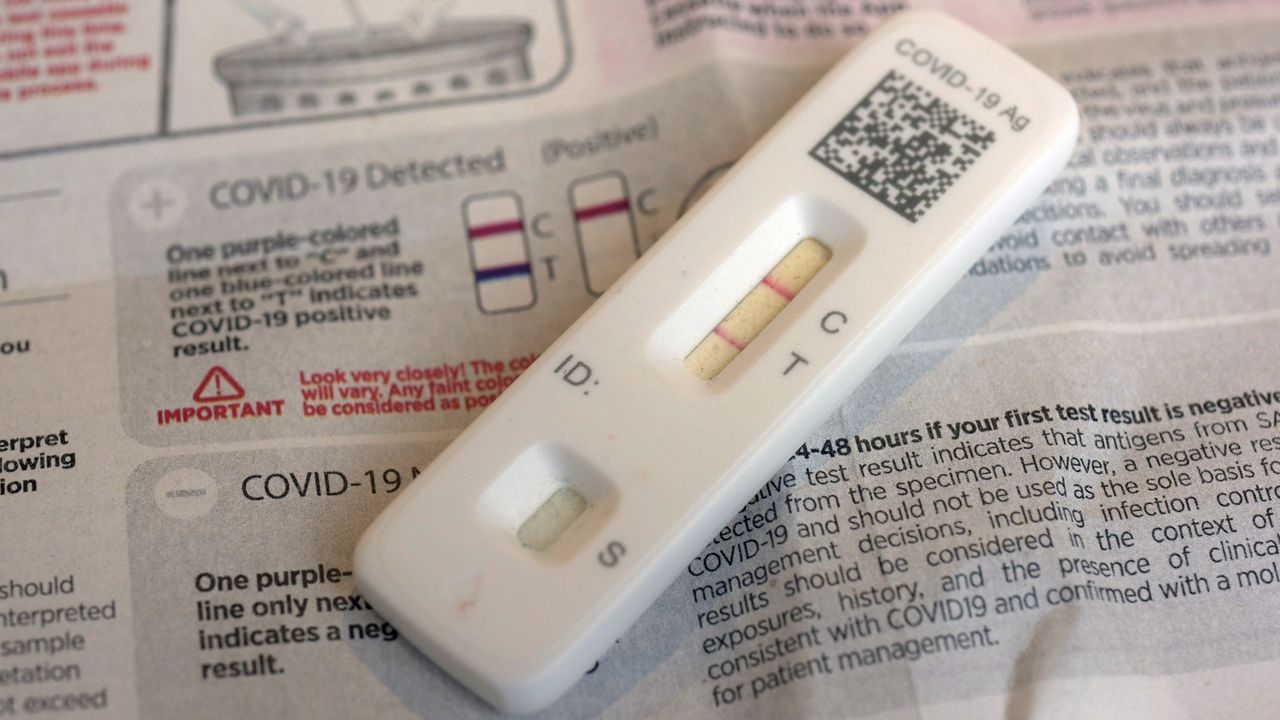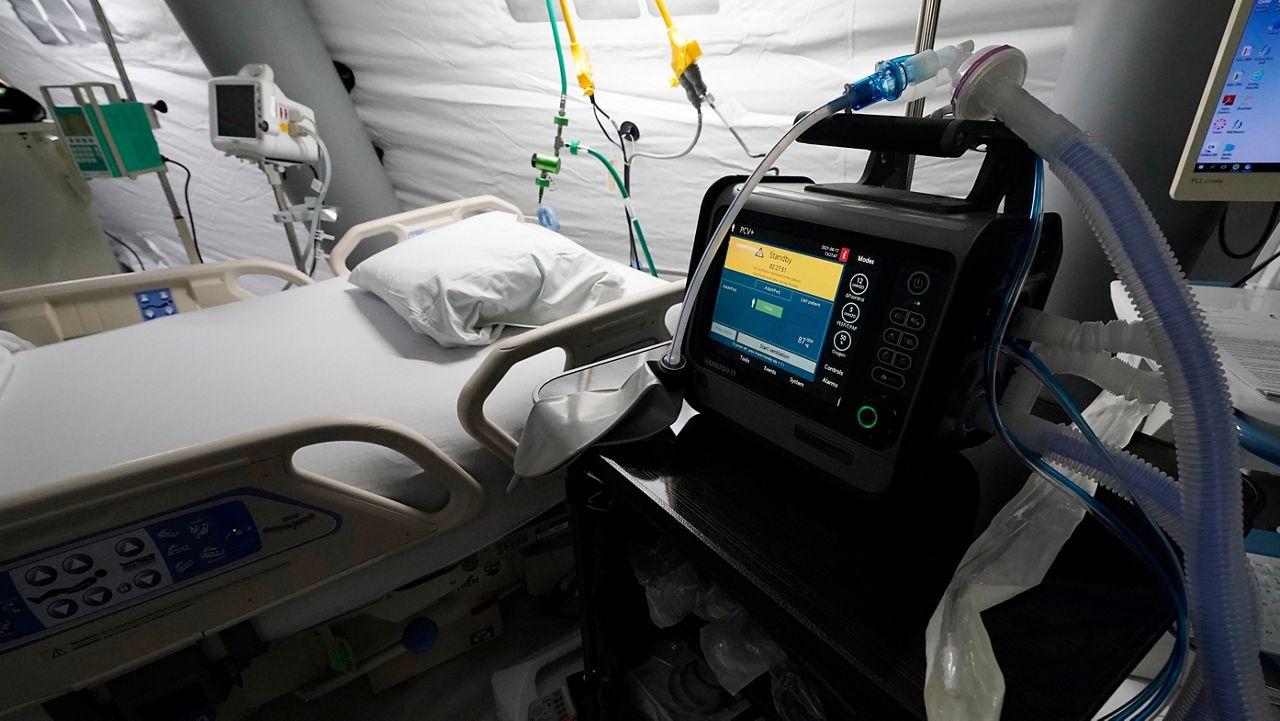Inside the New York Blood Center's Upper East Side headquarters, scientists carry out an important mission: researching treatments for diseases that affect the blood.
“Our strength is blood collections and blood diseases and improving the lives of patients with anything to do where they need transfusions,” said Dr. Karina Yazdanbakhsh of the New York Blood Center.
In her lab, researchers study sickle cell disease, a condition that causes red blood cells to break down and block blood flow. One treatment involves blood transfusions. But in some patients, the transfusions don't take. So on a recent day, I put on a lab coat and some gloves to learn what researchers are doing to help those sickle cell patients, many of whom are African-American.
“What we're trying to do here is develop new ideas, new treatment options for these patients,” said Dr. Yazdanbakhsh.
The process starts with filling a test tube with a liquid called Ficoll, which I'll tell you more about in a moment.
From there, I picked up a tube of diluted blood from a sickle cell patient, carefully mixed it, transferred it to a syringe, and then added it - drop by drop - to the Ficull, which helps separate the blood into layers. The tubes are then placed into a centrifuge,
After 15 minutes, the blood in the vials should have the red cells on the bottom, the white cells in the middle and the plasma on top. The vial I prepped didn't quite look like that.
But when done correctly, researchers are able to extract the white blood cells, which this lab recently discovered are the reason some sickle cell patients reject blood transfusions
“By taking out these white cells, we're trying to figure out what is going on so we can identify drugs to stop the hyperactiveness,” Dr. Yazdanbakhsh said.
It's estimated there are some 10,000 sickle cell patients in the city. The hope is that research here will result in treatments that stop bad blood transfusions before they happen.









